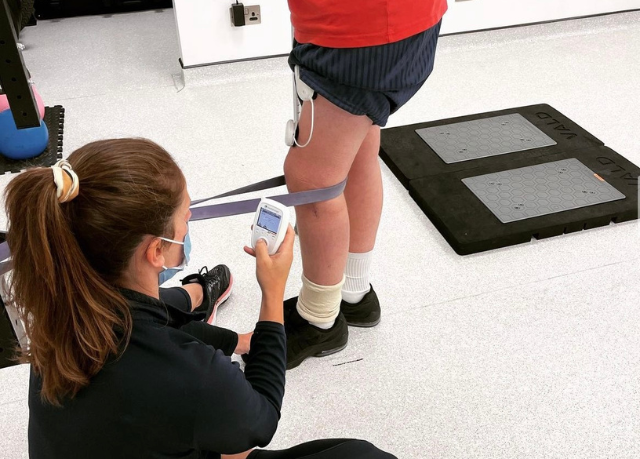Soft Tissue Therapy is the management, manipulation and rehabilitation of soft tissues of the body including muscles, ligaments and tendons.
Also known as the musculoskeletal system it has a strong influence on our bodies other systems, including the nervous system, immune system, lymphatic system and fascial system, to name a few.
It is first important to make clear, that Soft Tissue Therapy is accessible to everyone. You do not have to be an athlete, involved in sport or even able bodied to benefit https://www.thesma.org/About-STT
Today, our work and lifestyle patterns put increased demands on our physical, mental and emotional wellbeing. This in its simplest form is putting load on the body which we either have the capacity to manage or we don’t.
What is Soft Tissue Therapy if it isn’t massage?
Firstly, it involves an in depth discussion and movement assessment, a subjective and objective assessment, if you will. This will guide the most appropriate approach and treatment plan to address any pain or movement dysfunction.
The treatment itself may include massage, if it is likely to have an optimal effect on your treatment goals.
As well as massage, your therapist may include other techniques including soft tissue release (STR), Instrument Assisted Soft Tissue Mobilisation (IASTM), Muscle Energy Technique (MET) and Myofascial Release (MFR), which all come under the umbrella of Soft Tissue Therapy.

During and following your treatment, your Therapist Shannel Hutchinson will then re-assess any movements that are restricted or painful to determine the effectiveness of the treatment. They will also discuss plans for continued treatment and if required, involvement of the wider multi-disciplinary team.
When do i need Soft Tissue Therapy?
The treatment will have a positive impact on your performance whether at work, at home or in sport. It is influential in supporting the management of any injuries, aches, pains and stresses that may be inhibiting this.
This may include:
- Occupational tightness, imbalances, stress or pain caused by long hours sitting at a desk/computer.
- Promoting effective physical and mental recovery from exercise or work.
- Mitigating against risk of injury.
- As part of a rehabilitation programme to return to daily active lifestyle or sport.
- Preparation for an important gym or sport based training session.
- Periodisation of Soft Tissue Therapy to complement your training programme for competition or work event.
- Post-operative scar work to improve soft tissue mobility and function.
What are the benefits?
Regular Soft Tissue Therapy has much the same effect as anything else we do regularly. It provides a way to load the soft tissue structures and systems of the body to stimulate adaptation and change in a positive way.
As we lead busier, sometimes less active, and stressful lives, we take for granted the effect this has on our body and become accepting of aches, pains and dysfunction.
Soft Tissue Therapy has been shown to be influential in helping manage this and reduce the impact this has on our physical and mental health. Improving mobility, body awareness, sleep, reducing stress and anxiety, mitigating risk of injury, are just a few benefits.
We want our physical and mental states to spend more time in a rest, digest and restore, parasympathetic state rather than a fight, flight and freeze, sympathetic state.
Frequency and duration of treatment, depends on the individual but it can relate to how long you have had the issue, how your body responds and the environment that maybe driving the problem. Regular Soft Tissue Therapy may vary from once or twice a week to monthly; as good protocol.





